Hello, Gorgeous: Best Actress of 2015
 Thursday, February 1, 2024 at 2:00PM
Thursday, February 1, 2024 at 2:00PM A new series by Juan Carlos Ojano
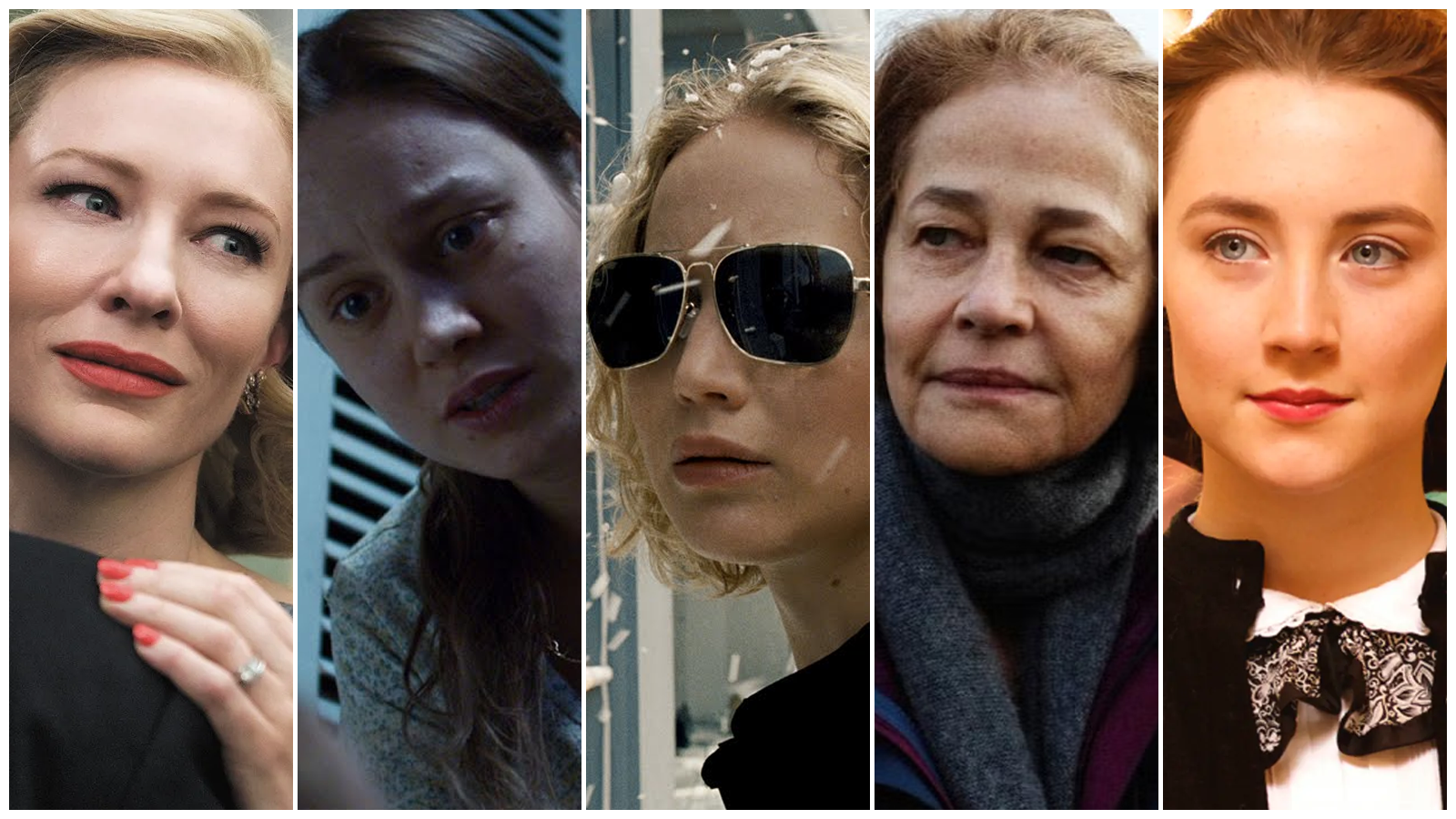
In this year’s group of nominees - more than any other year I have covered so far - the given space during their introductory moments is incredibly important in establishing the character and their place within the story. Whether it is set in the past or the present, the stories where these characters are situated are framed through the visual juxtaposition of the character and their location a few shots into the film. While that is the unifying theme among these women, they also dabble into different variations of perspective, filmmaking styles, and acting registers. This makes for a dynamic comparison of their first impressions.
Are you ready? The year is 2015...

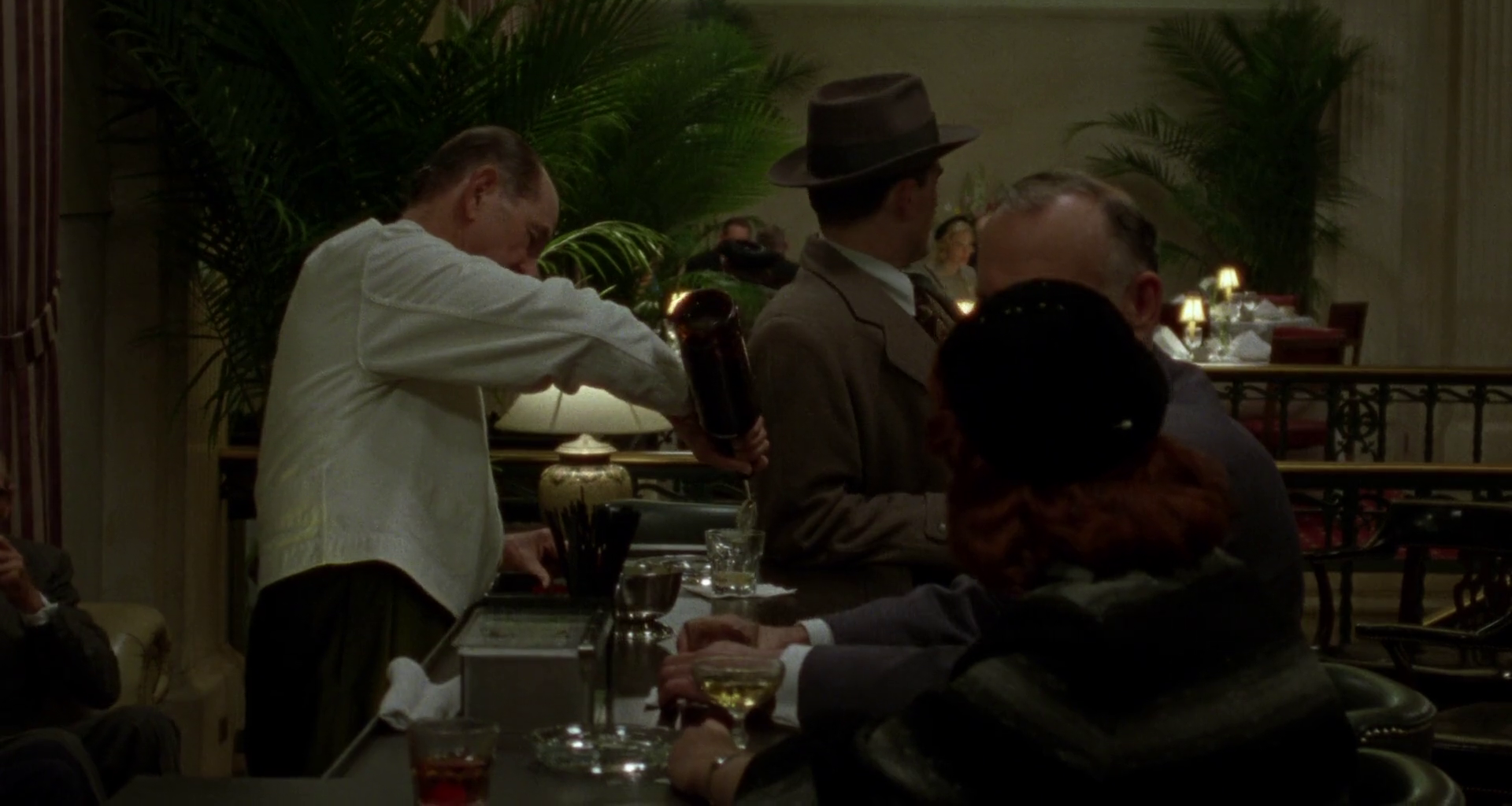
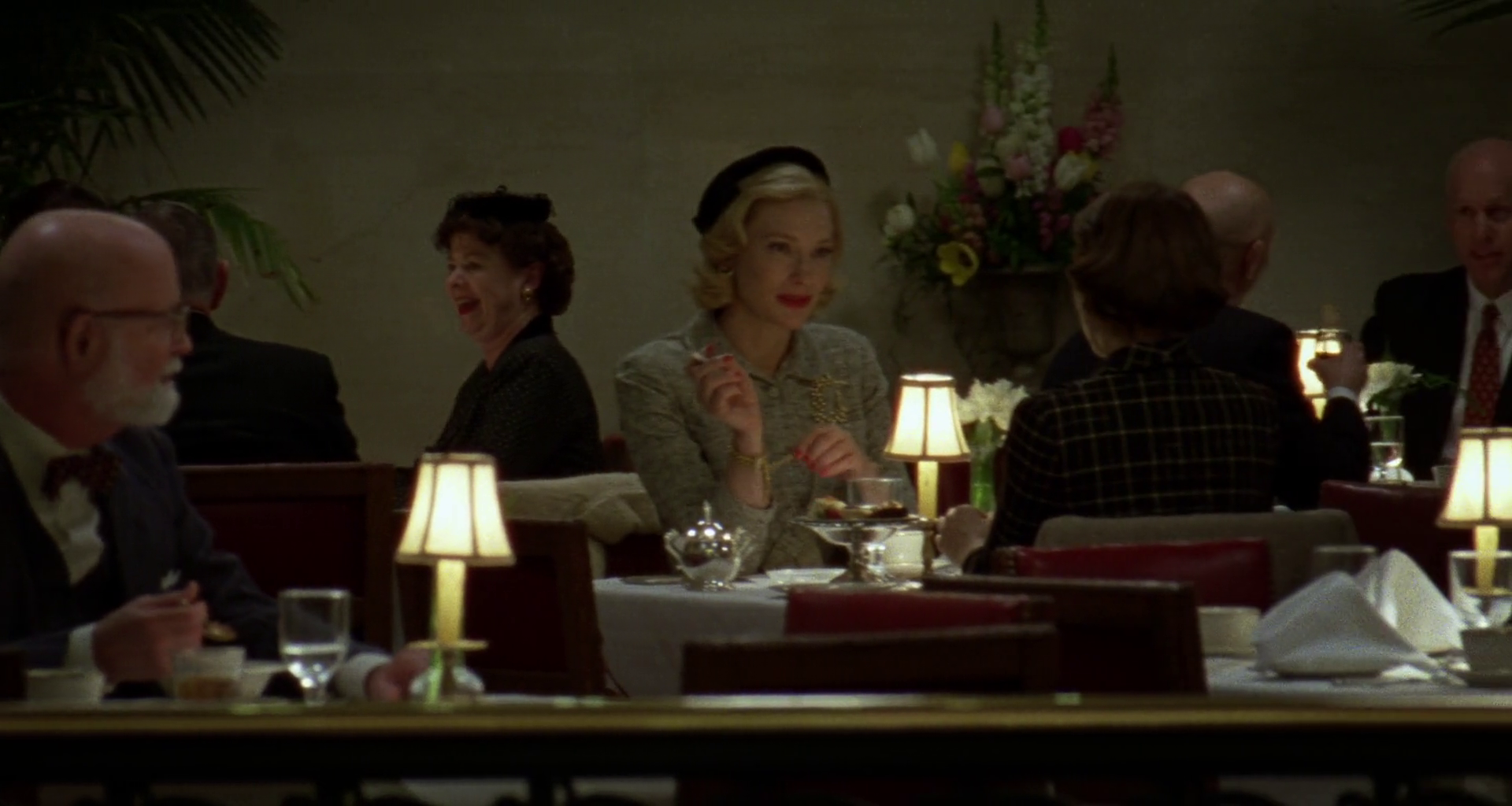
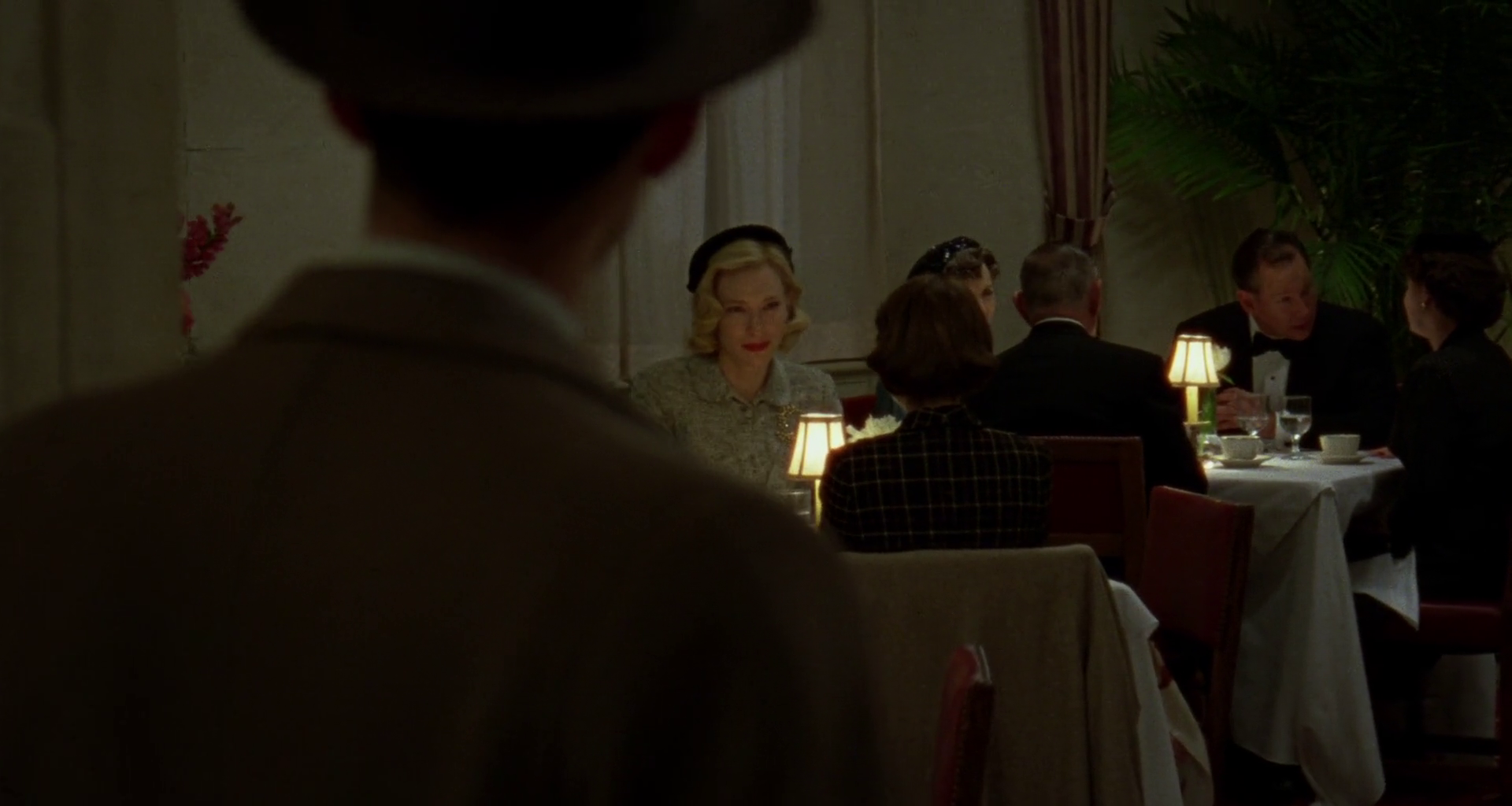
Cate Blanchett as Carol Aird in CAROL
Directed by Todd Haynes / Written by Phyllis Nagy
A man enters the lounge of the Ritz Tower. After ordering a drink, he sees someone at the opposite side of the room. He slowly walks towards a table where two women are chatting. One is facing his direction, one is not. We see Carol (Blanchett) in the middle of a conversation with Therese (co-star Rooney Mara). Carol is confidently carrying herself; meanwhile, Therese’s face is not seen because the man is coming from behind her. “Therese”, he says. They see him; Carol looks at him calmly while Therese looks back to see him, obviously caught off-guard.
Haynes’ direction in the opening stretch immediately provides a well-rounded contextualization for this story. As early as the opening shot of a subway grate as we hear the train passing, we are already informed of drastic movement not seen but is present, even if the imagery resembles a cage. Once we reach the lounge, it is even easy to miss the first time we see both Blanchett and Mara. Even when the man surveys the area, he comments that “not much [is] going on” when in fact (as the film will return to this scene later on), we will know that the conversation they are having is a potentially life-changing one. The fact that these characters are, in a sense, hiding in plain sight is a concise summation of how public perception is tied with the queer politics of the time. Even for a woman like Carol who carries herself with composure in a public setting, the ability to fade into the scenery is both her character’s way of existing and Haynes’ illustration of what queer women at the time had to do to just exist. But as for this scene, the fact that not only does the film return to this scene later, but end with another scene recalling this one - Therese looking for Carol at the Oak Room - speaks to a thematic ellipsis that is highlighted by Blanchett’s later line “everything comes full circle”. Also, this introduction is another reminder that Blanchett and Mara are both leads of this story.
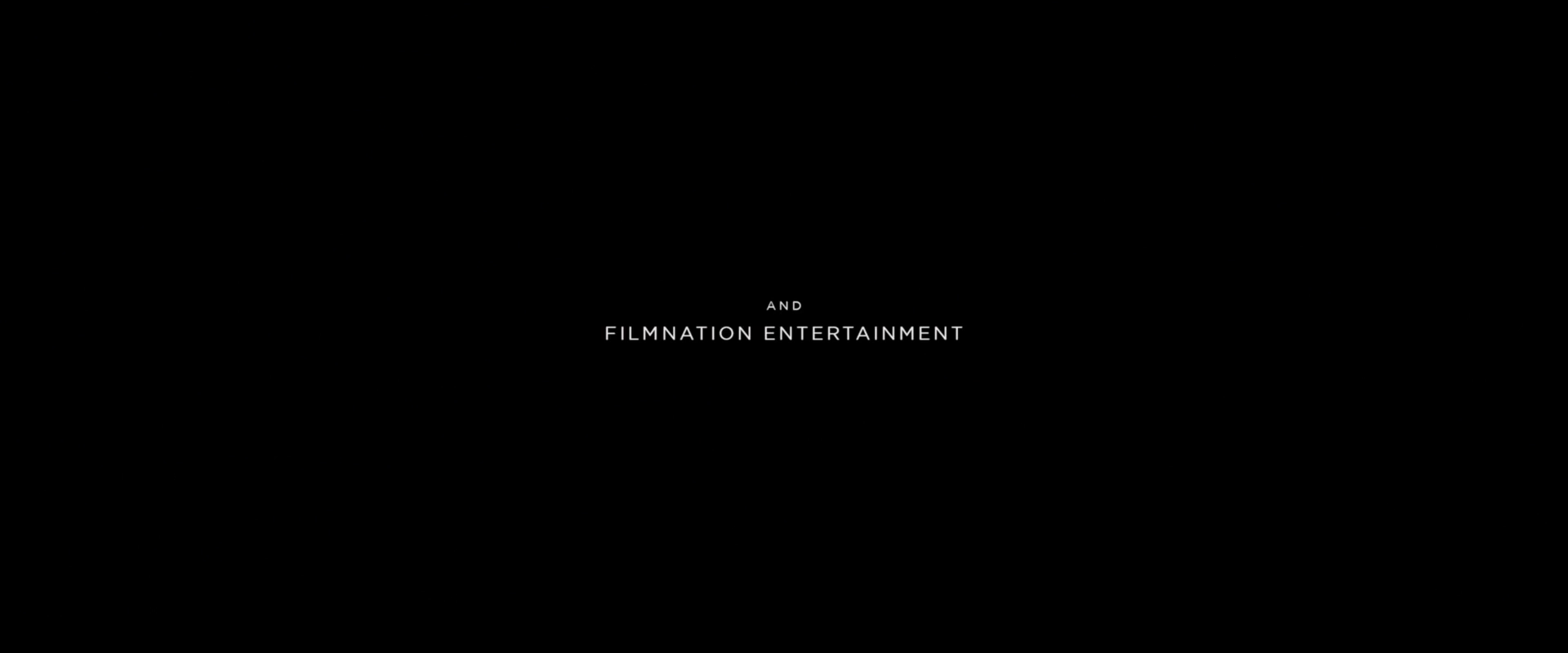

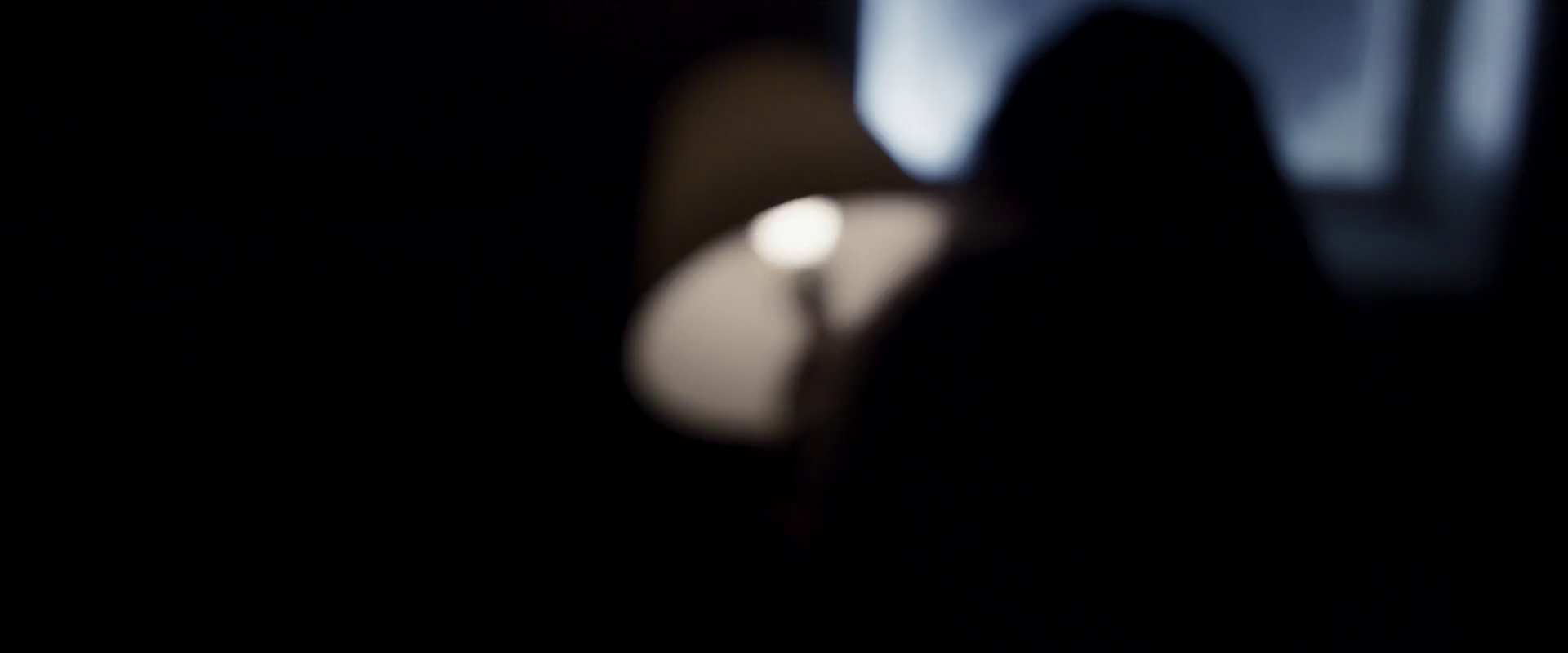
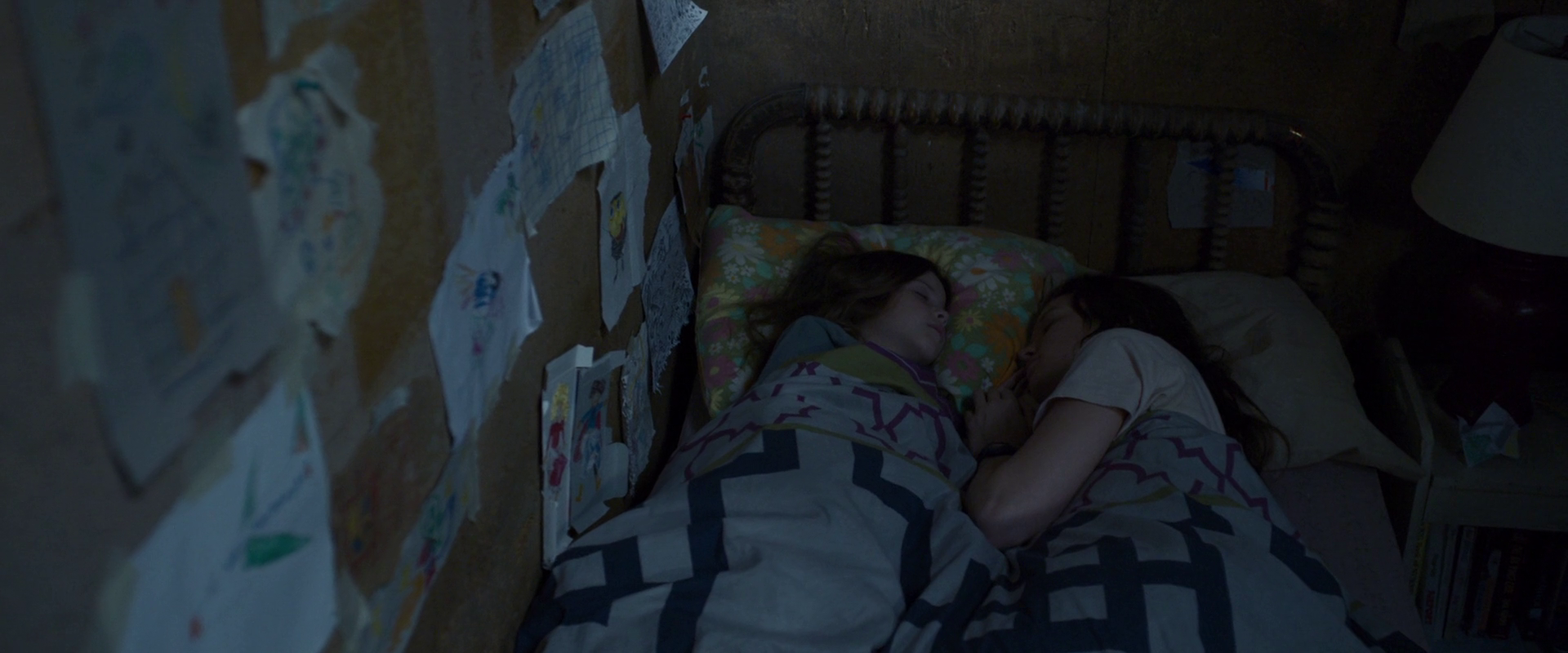
Brie Larson as Joy “Ma” Newsome in ROOM
Directed by Lenny Abrahamson / Written by Emma Donaghue
As the title cards are shown, we hear a female voice saying “shhh”. Reveal an obscured closeup of a young boy (Jacob Tremblay) while the woman says “go back to sleep”. An out-of-focus shot reveals the image of a woman turning off and on the lampshade. The young boy starts narrating about his mother being stuck in the room before he arrived in Room. We see him sleeping beside his mother, with their bed placed at the corner of the room while drawings (presumably his) are pasted on the wall.
Abrahamson’s visual cues and Donaghue’s words already suggest that this story is from the perspective of Jack, the young boy, but his mother is nowhere near secondary to the story but is highly integral as well. This is the case even when the filmmaking itself sees Larson more as a subject of Jack’s point of view than a co-owner of the said formalistic subjectivity. This also informs us that we are to see Larson as a maternal figure, reinforced by Tremblay’s narration. And the few shots we see of Larson inform us of her motherhood in relation to Jack. She is there to protect him, comfort him, and give him the best possible version of life given their unimaginable situation (the claustrophobic framing and production design establishes that immediately). She does things that are beyond Jack’s knowledge (a midpoint argument reveals the lengths she has taken to shield him from their traumatic circumstances). And finally, even when she is the mother and Jack is the child, there is a striking visage of equal partnership that we see, as seen by how they are blocked while they are sleeping. Their survival will rely not only on Ma’s actions, but on how she will trust Jack with an impossible mission.

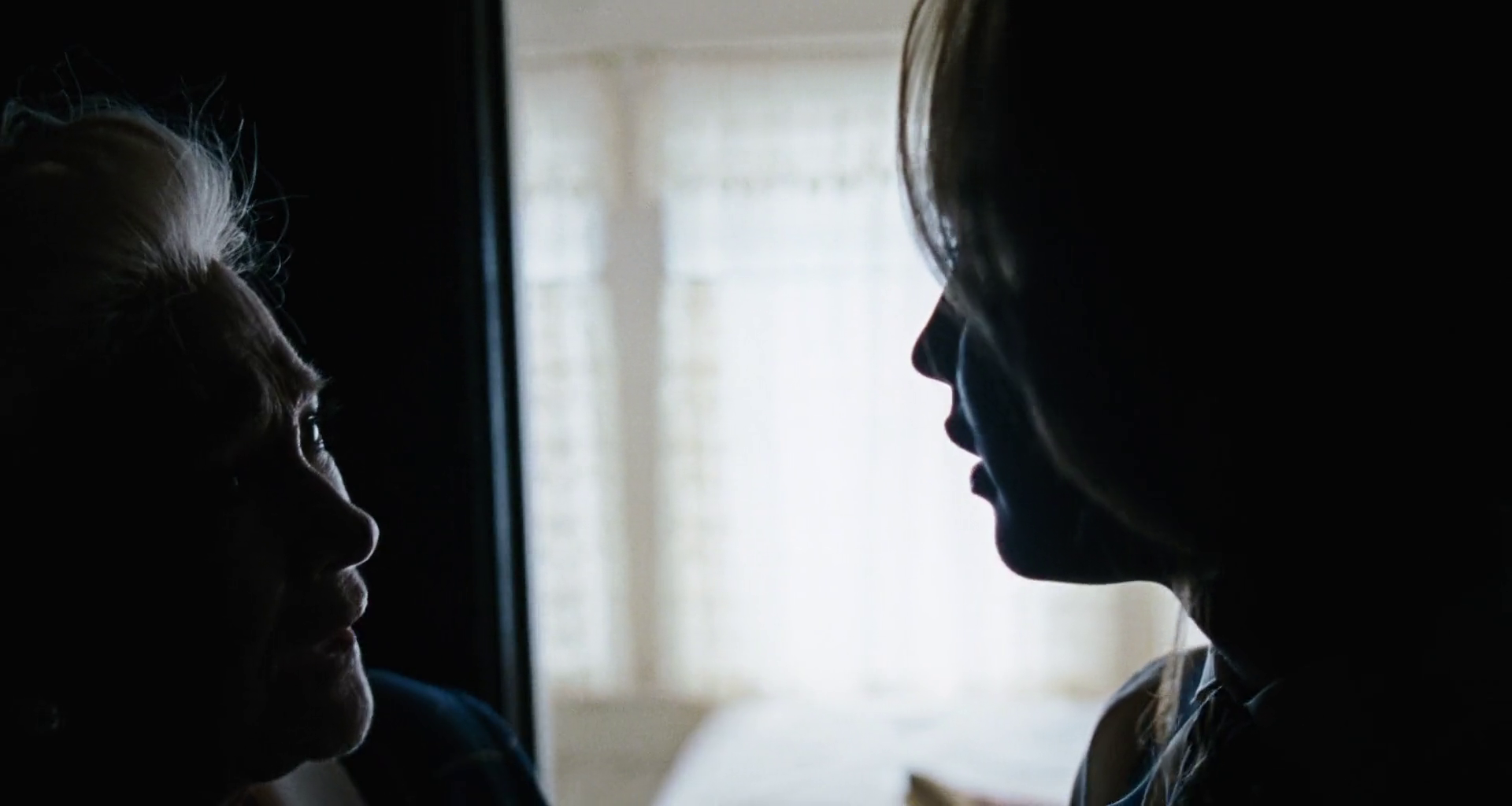
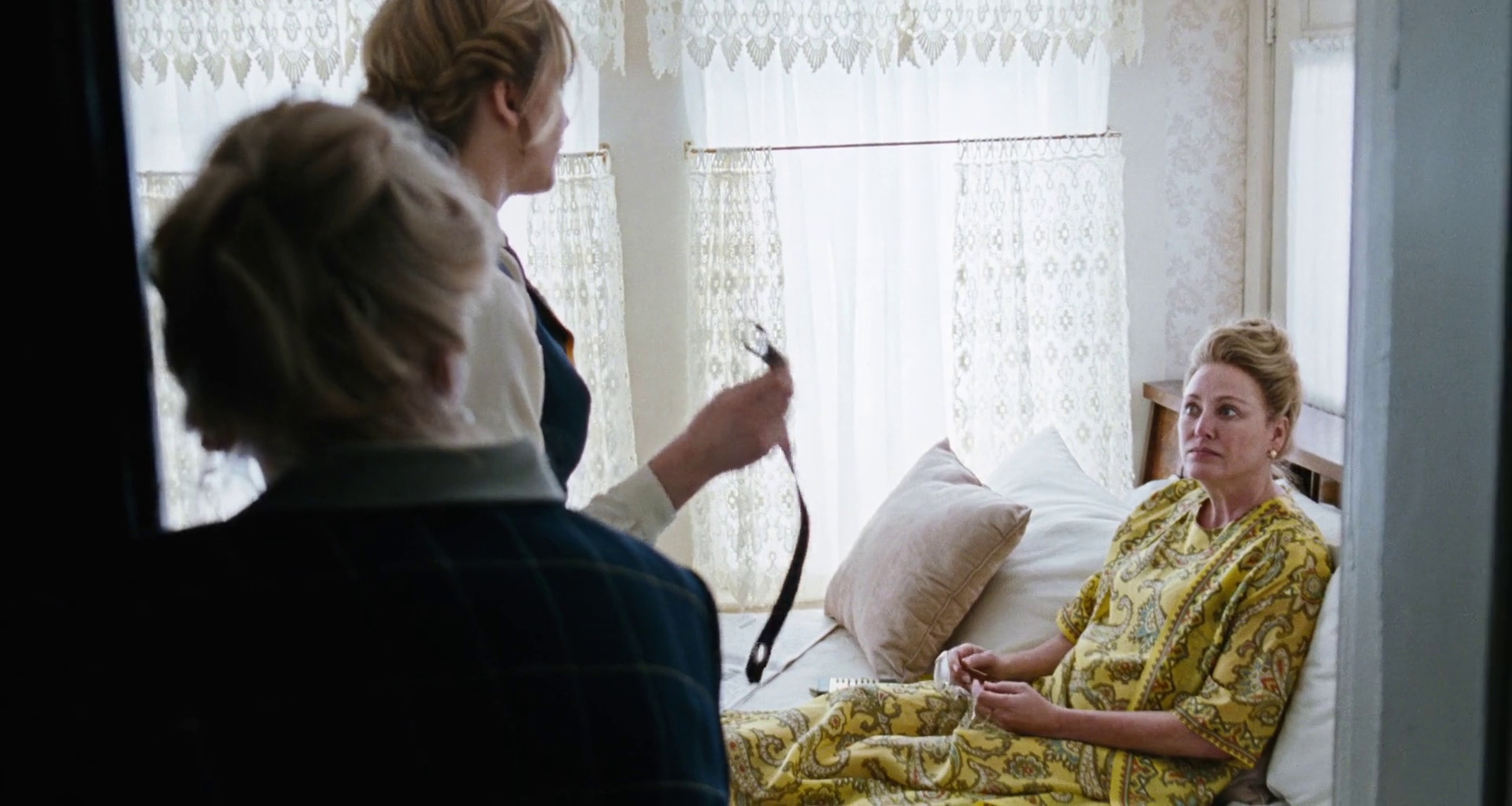
Jennifer Lawrence as Joy Mangano in JOY
Directed by David O. Russell / Screenplay by David O. Russell / Story by Annie Mumolo and David O. Russell
Before we see Lawrence as Joy, we are shown her childhood years, with her grandmother (Diane Ladd) narrating that she “rejoiced in making things” while also asking what happened to her dreams. Reveal the silhouette of Lawrence as seen from a dark cabinet while she is searching for her lanyard (she works at an airport). Her grandmother approaches and gives her an ill-timed pep talk. She walks away from the closet, revealing her mother (Virginia Madsen) sitting on the bed. Joy then reminds her mother of the dog collar she invented in high school, how her life could have been much better if she had gotten the patent for the collar.
Russell’s off-kilter rhythms are on full display in this character introduction. We see Lawrence literally emerge from the darkness to the light carrying her invention. This act is going to be exponentially magnified later in the film when she goes on television for the first time - again, with the movement from darkness to blinding brightness mirrored again - to sell her newest invention, the Miracle Mop. Joy has always had it in her to be successful in life and it has always been her innovative mind that will bring her to light. Also, notice how she is blocked in the scene. Standing between Ladd and Madsen (and later, with an overbearing father played by Robert De Niro), she is positioned not only as the center of the story, but of this often-turbulent family as its formidable arbiter and stabilizer.

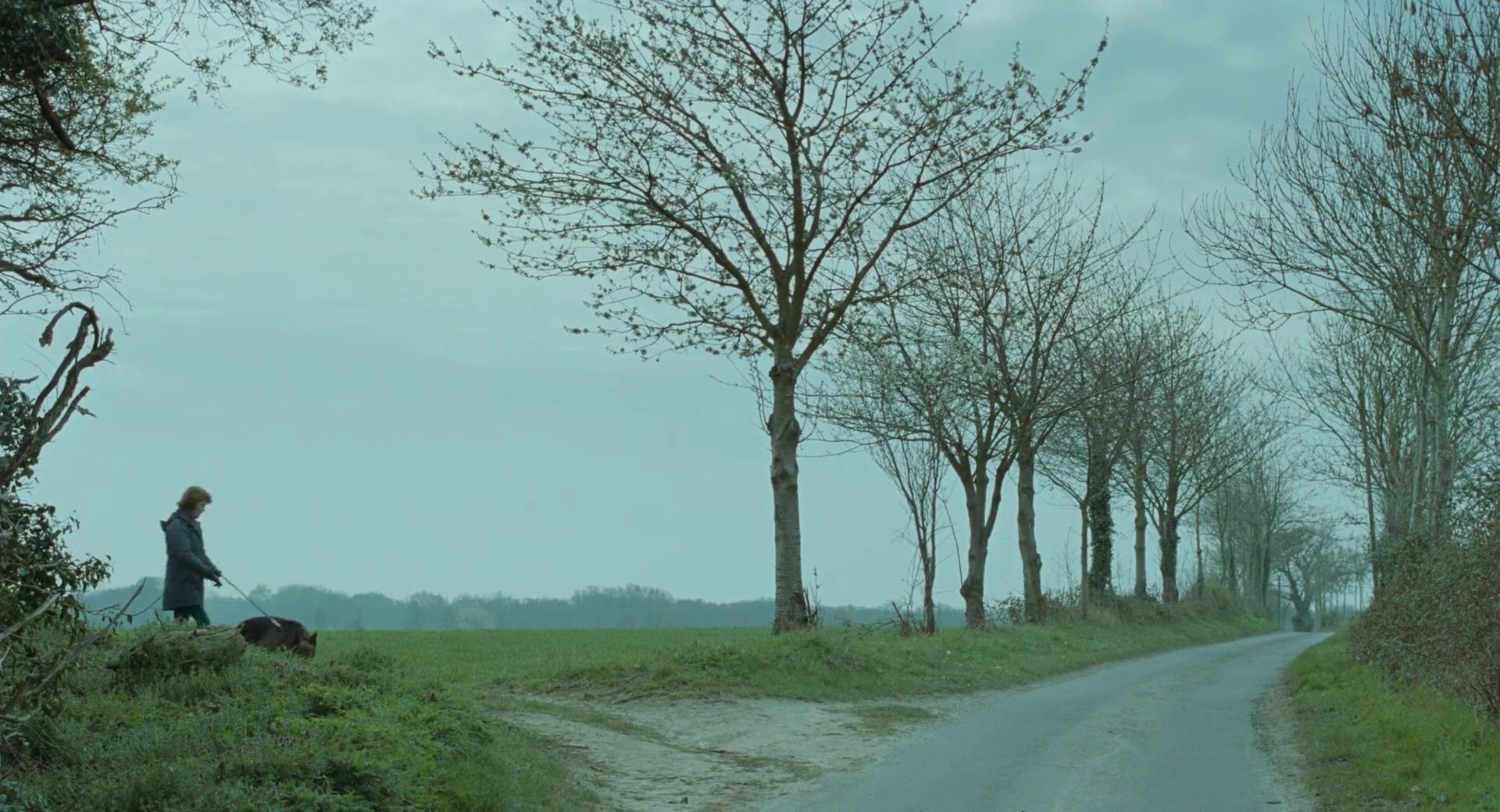

Charlotte Rampling as Kate Mercer in 45 YEARS
Written and Directed by Andrew Haigh
Three wide shots, with each one getting closer after the other. We see a woman (Rampling) walking her dog when the mailman sees her and calls her Mrs. Mercer. They talk about their personal married lives. The man then asks about an event that is coming up on Saturday. For the last time, the man calls her Mrs. Mercer. She asks to be called Kate.
In these opening shots, we are already immersed not only with Haigh’s mise-en-scène, but to Rampling in relation to her environment. The countryside setting ironically raises tension in her marriage, especially in relation to the upcoming celebration that is their 45th anniversary, as a tightly knit community will most likely be privy to their fallout. Kate is known to the community as Mrs. Mercer, but even her identity as her husband’s partner will face a crisis when her husband’s perception of her and their long standing relationship is put into question. Her simple gesture of asking to be called Kate instead of Mrs. Mercer would have resounding implications once she finds out about the truth. As for Rampling, we are introduced to how we will see her performance for most of the film: in wide or medium shots, showing most of her body as she occupies the frame with potent naturalism, only to be punched up in key moments.
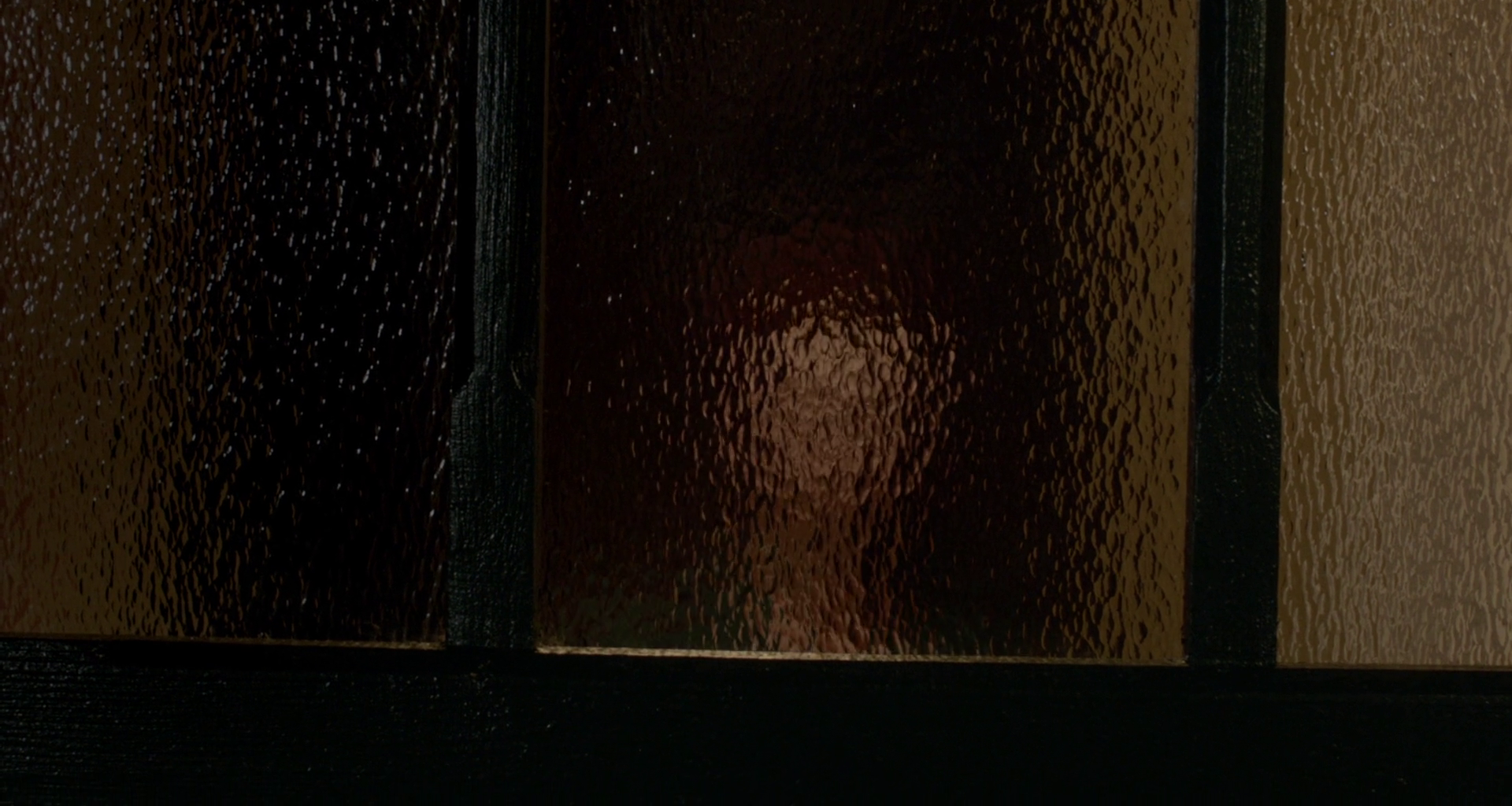
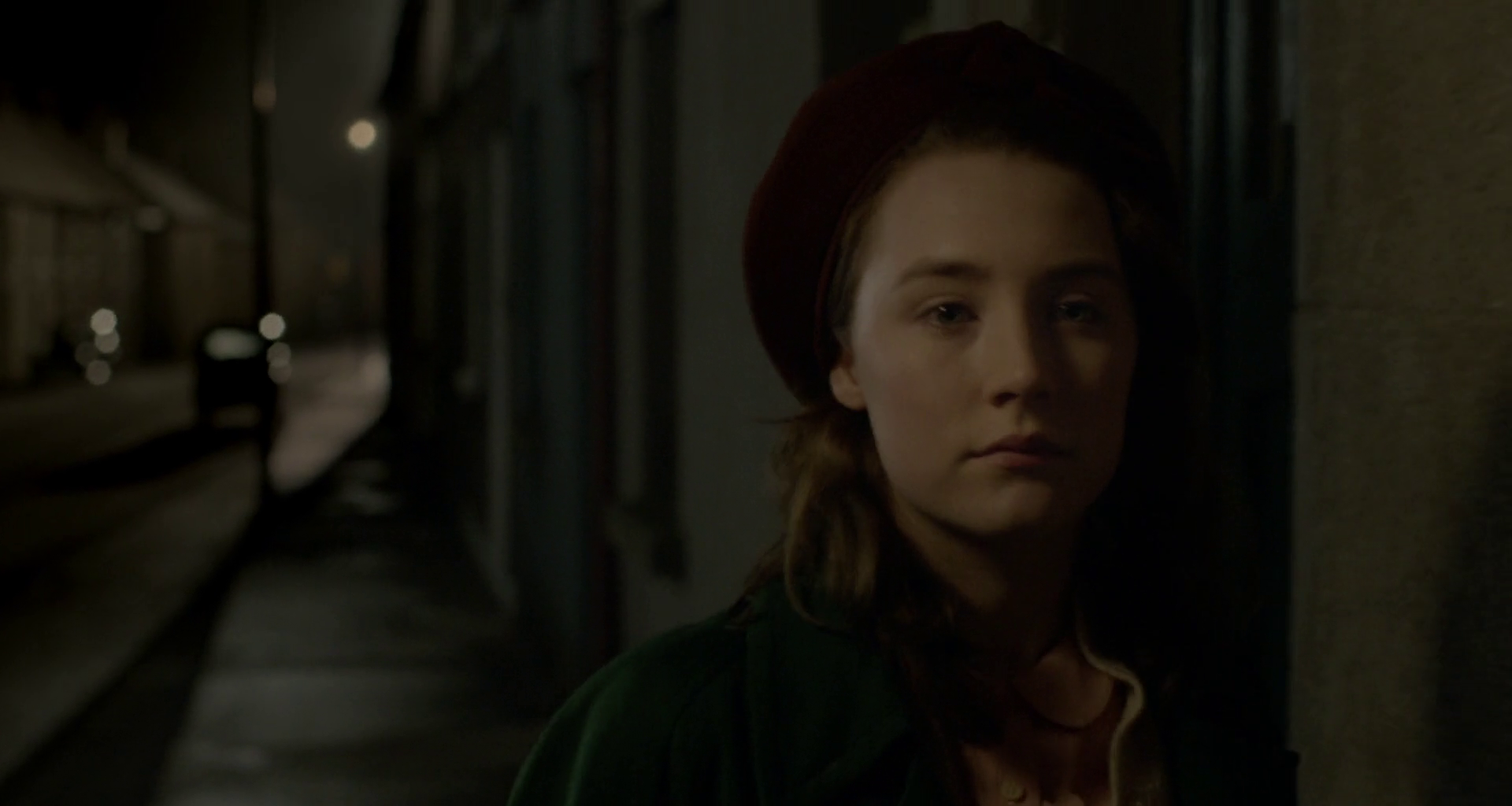
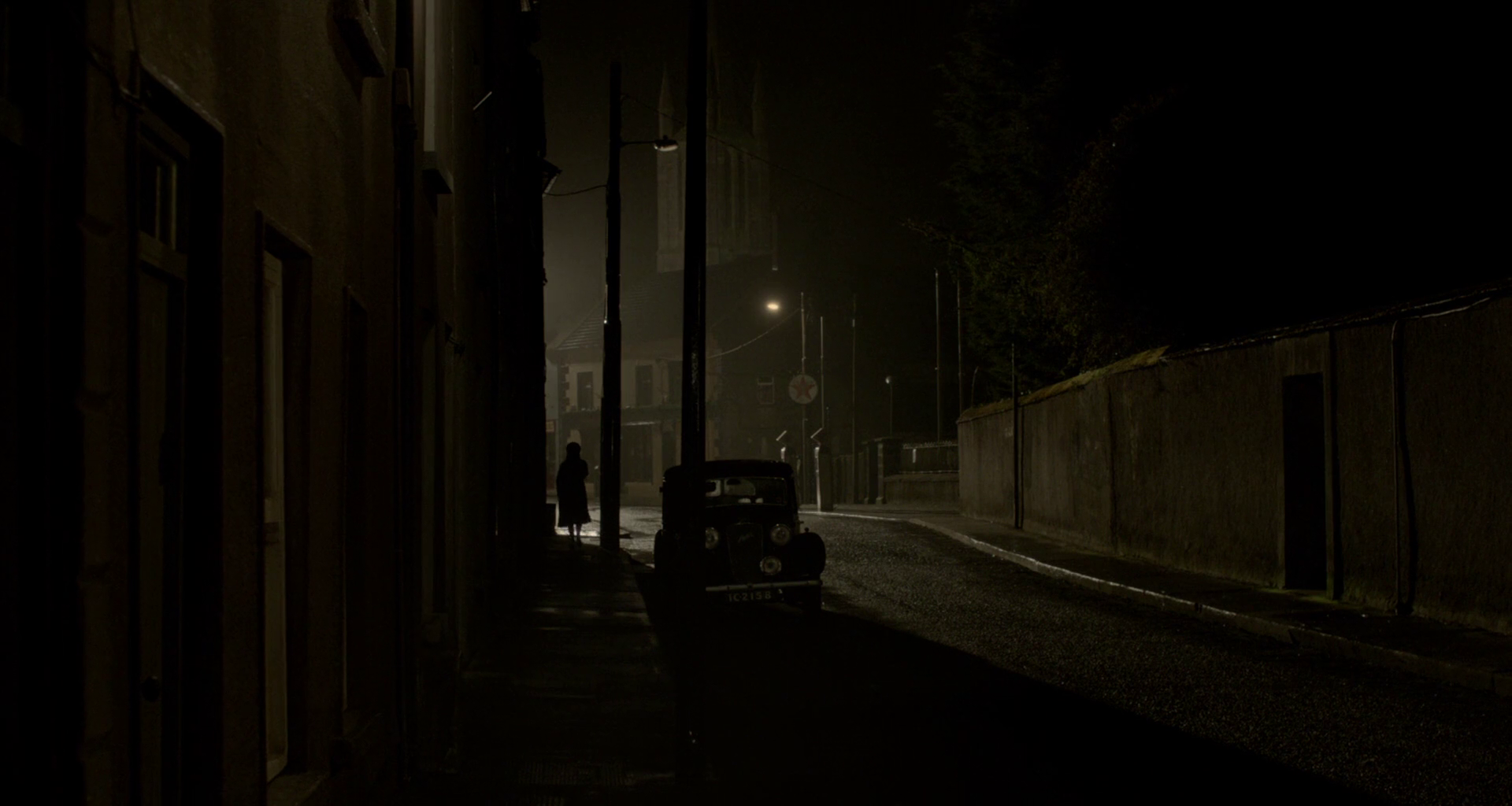
Saoirse Ronan as Eilis Lacy in BROOKLYN
Directed by John Crowley / Written by Nick Hornby
Sunday early morning at a small Irish town. A young woman goes out of the door and walks out while it is still dark. She is headed to the church to hear mass with her employer.
Crowley paints Eilis’ life in Ireland with stillness as its default, with its order set and not to be moved. And yet, emerging from that is Eilis literally coming out of the door, holding her head high, and making her own way despite being alone in her walk. While it will be revealed later that she has plans to leave Ireland to pursue better opportunities in the United States, the imagery of her walking by herself is already emblematic of her inner strength that has always been there and that will be tested once she makes her trans-Atlantic journey. This introduction also shows how most of the film’s journey will be mapped through Ronan herself. While the other nominees might have a wider canvas or a distinct auteurial register where they are working on, Crowley’s restrained approach entrusts the visual mapping of the film’s journey through how the camera captures Ronan, as evidenced by a medium close-up that stays with her face as she walks away from the camera.
Any other observations from these introductions? Whose introduction was your favorite? Let us know in the comments.
Previous Episodes: 2016 | 2017 | 2018 | 2019 | 2020 | 2021 | 2022



Reader Comments (15)
Favorite intro - Rampling/Kate.
Rampling had the best intro followed by Cate, Brie, Saoirse, and then J-Law.
It should have been Ronan, no doubt. That final close up is a master class of acting. I think Ronan is the best actress of her generation.
Cate has the best into and Rampling the best ending.
This is a very good line up where Ronan should have prevailed but there's hardly anything between Blanchett,Rampling and Ronan,they are all winners although i'd replace Larson with Maggie Smith in Lady In The Van.
This is one of the strongest fields ever. All of the 5 deserved to win (even Jennifer Lawrence). That said, I'd swap out Lawrence for Juliette Binoche in The Clouds of Sils Maria, a performance for the ages. My vote would have been Rampling just barely over Blanchett.
Best Intro:
Larson
Best Actress:
Ronan
Blanchett
Larson
Lawrence
Rampling
I am not the biggest fan of circular framework where the beginning and ending are the same shot. But CAROL is so bewitching from start to (similar) finish that I'd probably vote for this with a tear in my eye for Brie Larson in ROOM. People hating on her win is so frustrating as that movie (and her performance) are marvelous. And this reminds me that the Production Design also deserved to be nominated in its year.
Comedy is always overlooked. Melissa McCarthy was wonderful as CIA operative Susan Cooper in Spy. She deserved a nod.
Mr Ripley 79@ agree#1. That ending is just something else
Nathanoel@ agree#2. I didn't knew her performance was hated. I think is very deserved and the movie itself is beautiful
What an all-time lineup! Jennifer Lawrence's introduction is a firecracker! Just like her introduction in last year's NO HARD FEELINGS!
Good lineup.
I loved Room--such a moving film. I'm disappointed that Larson hasn't really followed up her Oscar win with any projects that have interested me, but I was wowed by her performance back in the day. She would have been either my #1 or #2 pick (Blanchett being the other). I'm aware that there's a contingent that's very sour on her win, but I thought she was very deserving.
I recently re-watched CAROL and, as always, I can't get it out of my head - perfect movie remains perfect. Blanchett's introduction, how it circles back, feels so reminiscent of early 50s noir.
It would be one thing if Brie Larson pissed off Marvel fans (and sputtered as an action star) while doing interesting work to keep us actressexuals interested. But what is there to say?
I think part of what’s annoying about Larson’s win is that she won ALL the televised awards for some reason. It wasn’t one of the greatest performances of all time that needs to win EVERY SINGLE AWARD. If she had just won the Globe, say, that would have made the Oscar win much more palatable.
Thinking about all the acting winners of that year, is there a more hated (or disliked) group of winners from the same year? Larson, DiCaprio, Rylance and Vikander ALL have loud detractors. That would be a good idea for a future series: the acting winners from each year as a group.
I recently had the opportunity to explore Vibe-City Escort services https://www.vibe-city.us/escorts-ca-san-francisco through the sandiegoaviators website, and I must say, it was a remarkably positive experience. The website's user interface is incredibly intuitive, making navigation a breeze. I was impressed by the thoroughness of the information provided, detailing each service with clarity and transparency. The range of services offered was extensive, catering to a variety of preferences and interests. The registration process was smooth and hassle-free, adding to the overall convenience. What stood out the most was the timeliness and relevance of the information available, ensuring that I could make well-informed decisions. Overall, my experience with Vibe-City Escort was nothing short of exceptional, and I would highly recommend it to anyone seeking reliable and professional escort services.